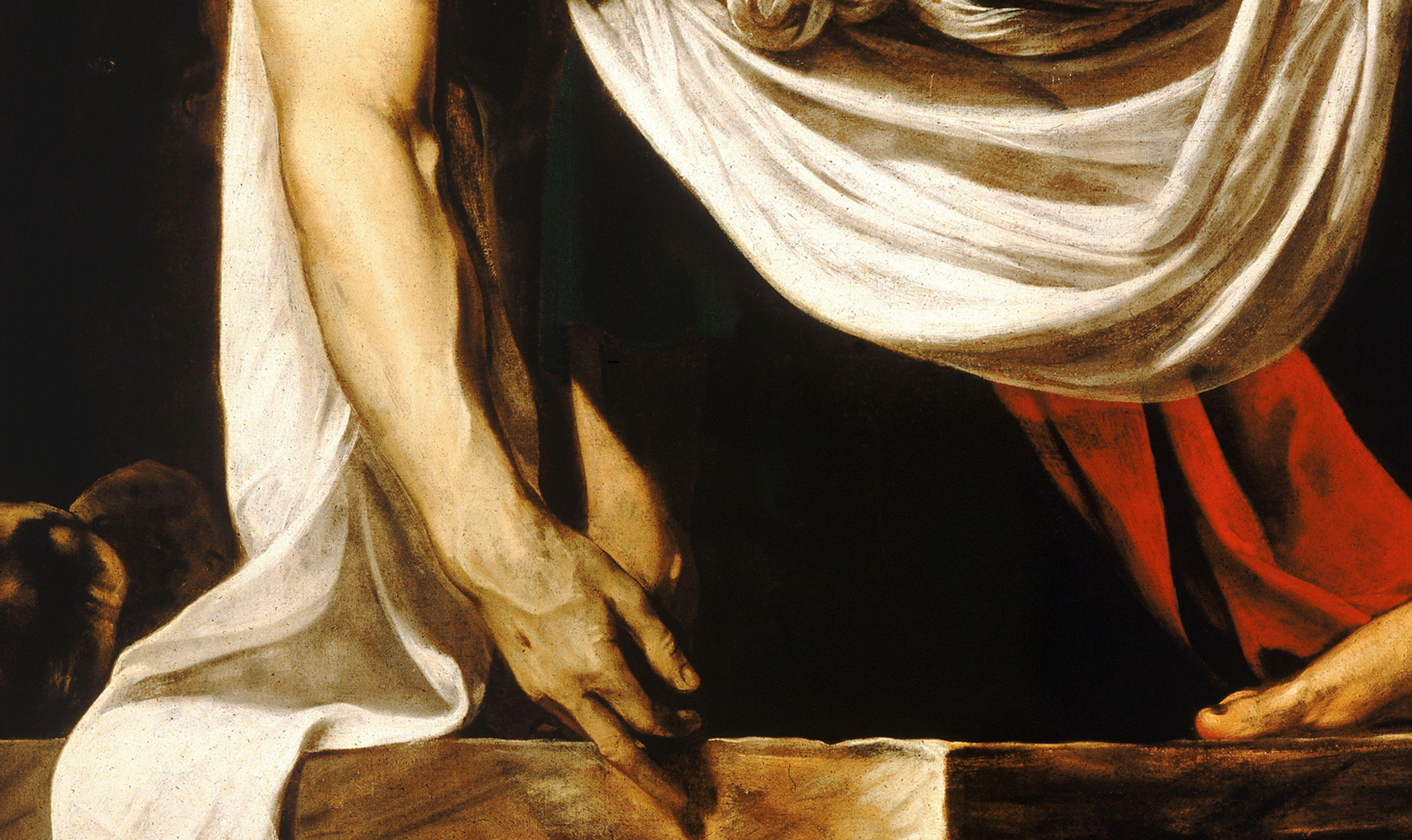Buxtehude Membra Jesu Nostri
First Presbyterian, Palo Alto
03.18.2016 8:00PM
St. John's Presbyterian, Berkeley
03.19.2016 8:00PM
St. Mark's Lutheran, San Francisco
03.20.2016 4:00PM
Catherine Webster, soprano Jennifer Paulino, soprano Andrew Rader, countertenor David Kurtenbach, tenor Robert Stafford, bass Rob Diggins, violin & viola Jolianne Einem, violin Julie Jeffrey, viola da gamba Hallie Pridham, viola da gamba John Dornenburg, violone Jillon Stoppels Dupree, organ
Program Buxtehude: Fürwahr er trug unsere Krankheit BuxWV 31 Buxtehude: Membra Jesu Nostri BWV 75
Since Magnificat first performed Buxtehude’s Membra Jesu Nostri in 1996, the cantata cycle has become the composer's most performed and recorded work. Composed in 1680. the cycle was dedicated to the Swedish court organist and music director Gustav Düben (c. 1629–1690), whom Buxtehude described as his ‘honoured friend’ (‘Amico honorando’) in the autograph tabulature that is preserved in the Düben collection at Uppsala University Library in Sweden.
Each of the seven cantatas is built around three stanzas from the medieval poem Salve mundi salutare, also known as Rhythmica oratio, which was traditionally ascribed to St. Bernard of Clairvaux (1090–1153) but now thought to be by Arnulf of Louvain (c. 1200–1250). The sevenfold sequence unfolds as a series of meditations on the crucified body of Jesus on the cross, beginning with the feet (‘Ad pedes’), and continuing with the knees, followed by the hands, the side, the breast, the heart, and the face (‘Ad faciem’). In each cantata, the medieval verses are framed by an ensemble concerto setting a scriptural text. The choice of texts was most likely by Buxtehude himself.
The program will open with the dramatic cantata Fürwahr er trug unsere Krankheit (BuxWV), a setting of Isaiah 53, which survives as Buxtehude's only autograph score.

